Ali Taheri
Machine Learning Interpretability Meets TLS Fingerprinting
Nov 12, 2020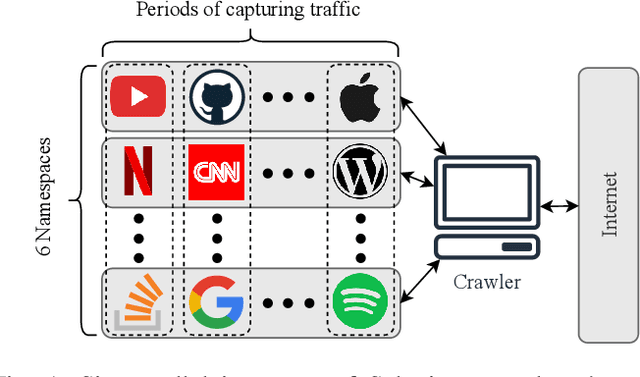
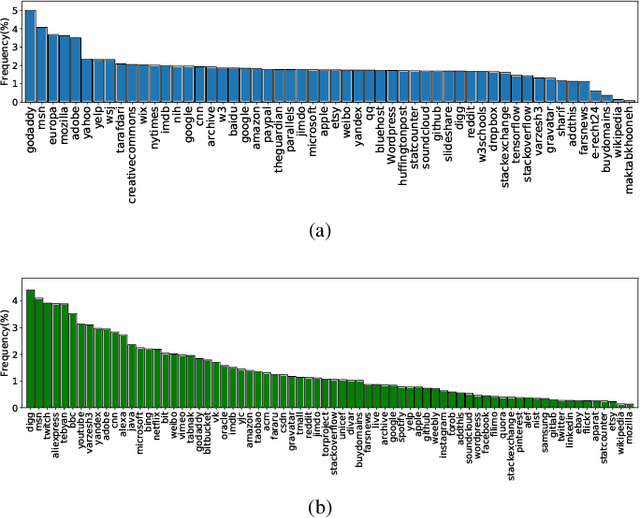
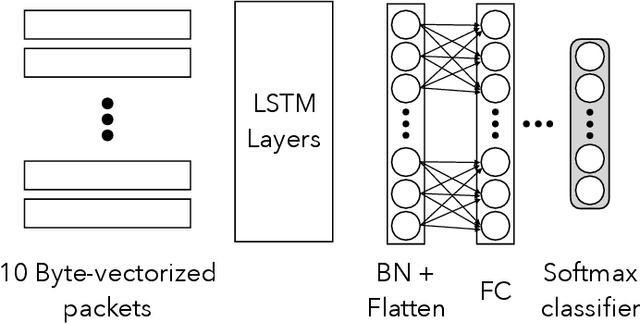

Abstract:Protecting users' privacy over the Internet is of great importance. However, due to the increasing complexity of network protocols and components, it becomes harder and harder to maintain. Therefore, investigating and understanding how data is leaked from the information transport platform/protocols can lead us to a more secure environment. In this paper, we propose an iterative framework to find the most vulnerable information fields in a network protocol systematically. To this end, focusing on the Transport Layer Security (TLS) protocol, we perform different machine-learning-based fingerprinting attacks by collecting data from more than 70 domains (websites) to understand how and where this information leakage occurs in the TLS protocol. Then, by employing the interpretation techniques developed in the machine learning community, and using our framework, we find the most vulnerable information fields in the TLS protocol. Our findings demonstrate that the TLS handshake (which is mainly unencrypted), the TLS record length appears in the TLS application data header, and the initialization vector (IV) field are among the most critical leaker parts in this protocol, respectively.
A Hybrid Deep Learning Architecture for Privacy-Preserving Mobile Analytics
Apr 18, 2018
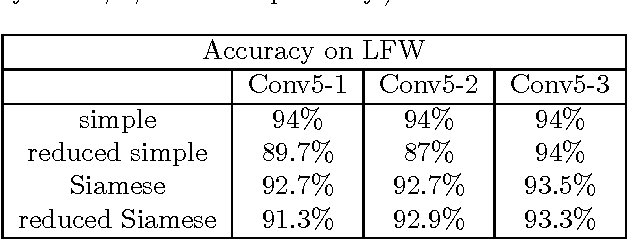
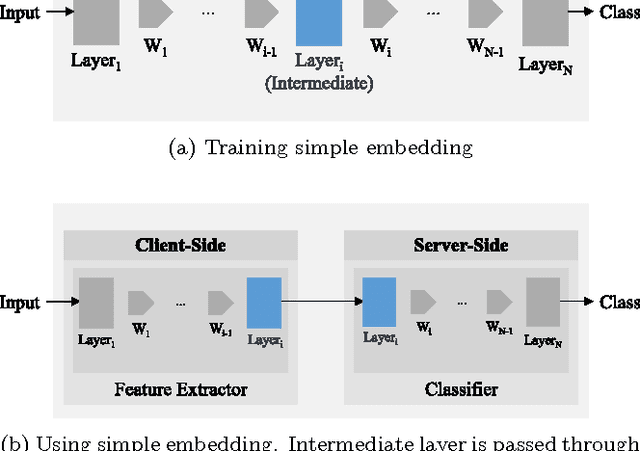
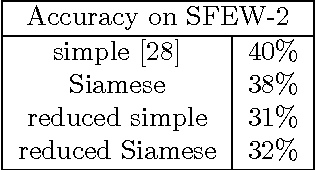
Abstract:Deep Neural Networks are increasingly being used in a variety of machine learning applications applied to user data on the cloud. However, this approach introduces a number of privacy and efficiency challenges, as the cloud operator can perform secondary inferences on the available data. Recently, advances in edge processing have paved the way for more efficient, and private, data processing at the source for simple tasks and lighter models, though they remain a challenge for larger, and more complicated models. In this paper, we present a hybrid approach for breaking down large, complex deep models for cooperative, privacy-preserving analytics. We do this by breaking down the popular deep architectures and fine-tune them in a suitable way. We then evaluate the privacy benefits of this approach based on the information exposed to the cloud service. We also assess the local inference cost of different layers on a modern handset for mobile applications. Our evaluations show that by using certain kind of fine-tuning and embedding techniques and at a small processing cost, we can greatly reduce the level of information available to unintended tasks applied to the data features on the cloud, and hence achieving the desired tradeoff between privacy and performance.
Deep Private-Feature Extraction
Feb 28, 2018



Abstract:We present and evaluate Deep Private-Feature Extractor (DPFE), a deep model which is trained and evaluated based on information theoretic constraints. Using the selective exchange of information between a user's device and a service provider, DPFE enables the user to prevent certain sensitive information from being shared with a service provider, while allowing them to extract approved information using their model. We introduce and utilize the log-rank privacy, a novel measure to assess the effectiveness of DPFE in removing sensitive information and compare different models based on their accuracy-privacy tradeoff. We then implement and evaluate the performance of DPFE on smartphones to understand its complexity, resource demands, and efficiency tradeoffs. Our results on benchmark image datasets demonstrate that under moderate resource utilization, DPFE can achieve high accuracy for primary tasks while preserving the privacy of sensitive features.
Privacy-Preserving Deep Inference for Rich User Data on The Cloud
Oct 11, 2017



Abstract:Deep neural networks are increasingly being used in a variety of machine learning applications applied to rich user data on the cloud. However, this approach introduces a number of privacy and efficiency challenges, as the cloud operator can perform secondary inferences on the available data. Recently, advances in edge processing have paved the way for more efficient, and private, data processing at the source for simple tasks and lighter models, though they remain a challenge for larger, and more complicated models. In this paper, we present a hybrid approach for breaking down large, complex deep models for cooperative, privacy-preserving analytics. We do this by breaking down the popular deep architectures and fine-tune them in a particular way. We then evaluate the privacy benefits of this approach based on the information exposed to the cloud service. We also asses the local inference cost of different layers on a modern handset for mobile applications. Our evaluations show that by using certain kind of fine-tuning and embedding techniques and at a small processing costs, we can greatly reduce the level of information available to unintended tasks applied to the data feature on the cloud, and hence achieving the desired tradeoff between privacy and performance.
 Add to Chrome
Add to Chrome Add to Firefox
Add to Firefox Add to Edge
Add to Edge